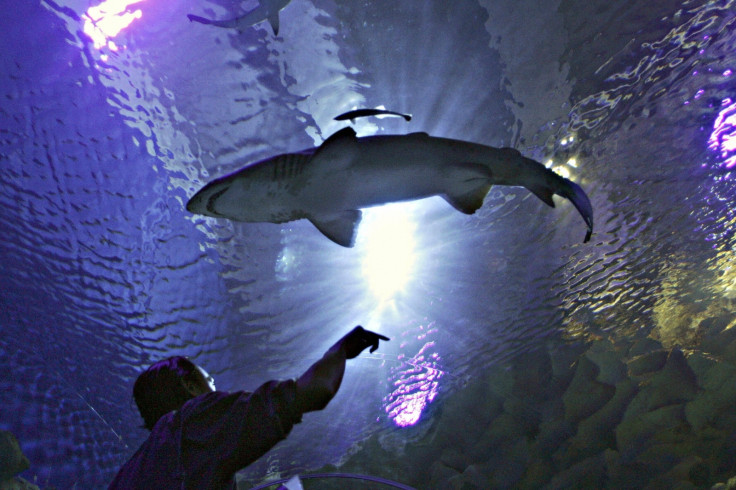This 3D-printed, remora-inspired robot can hang on to shark skin underwater
The bot could be used for studying underwater creatures and their habits.

Researchers have developed a 3D-printed robot that can cling to the skin of sharks. The new development could soon offer a major boost to the study of studying marine creatures and unlock deep buried ocean secrets, according to a study published in Science Robotics.
The bot, created by scientists from Beihang University, Harvard University, and Boston College, seeks inspiration from a creature with unique adhesive properties – the remora fish.
Remora uses its oval-shaped suckers, or dorsal fins, to cling on to sharks and dolphins and to feed off their dead skin and faeces. Its fins incorporate dozens of tiny spines that create friction, allowing the animal to stay attached to its host regardless of speed or sharp movements.
Thus, following the same idea and a combination of 3D printing, laser cutting techniques, the team of researchers modelled their fishy bot, which essentially looks like a robotic fin with a soft, large suction pad and some 1000 tiny carbon fibre spines arranged in parallel rows. The spines could be raised and lowered to help the bot attach and detach with ease.
When put to test, the sticky disc worked just like original remora fins, creating a suction force to lift almost 100 pounds. It was tested on a variety of surfaces, inside as well as outside water.
Underwater, the bot clung onto a plethora of rough and smooth surfaces such as mako shark skin, plexiglass (lightweight or shatter-resistant alternative to glass), and rubber-like material. Outside water, it successfully attached to glass, wood, smartphone, and a box of juice.
The development of this unique soft robot could mark a major step forward in several studies and research are being conducted to study the ocean bed and the soft-skin creatures living in there. It could easily attach to the skin of sharks and dolphins to study their habits, no matter how fast their swimming or deep they're underwater.
"Scientists could record data by attaching this robot to animals without hurting them," Li Wen, a scientist who is part of the team that developed the bot, said.
Moving ahead, the team plans to attach their bot to swimming sharks or dolphins to see its real-world applicability.
© Copyright IBTimes 2025. All rights reserved.





















